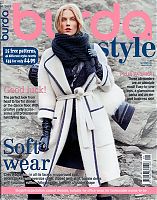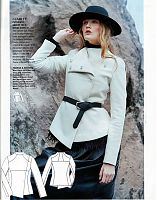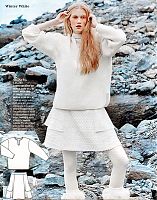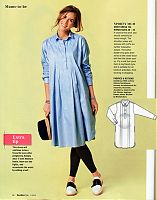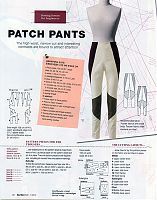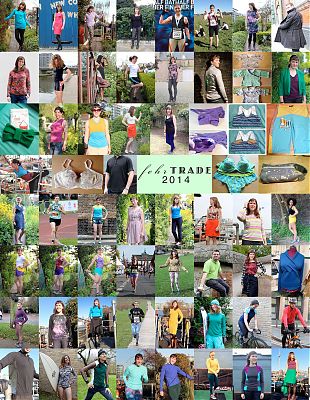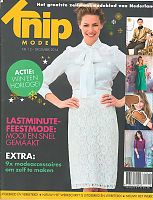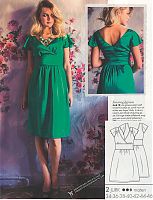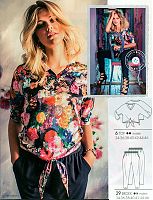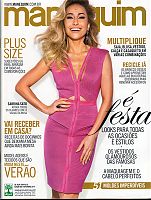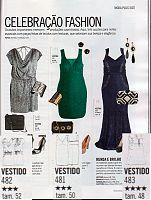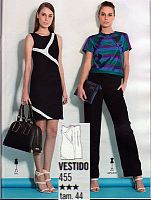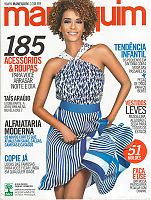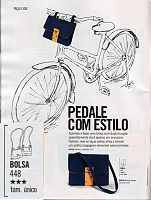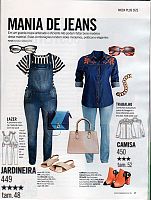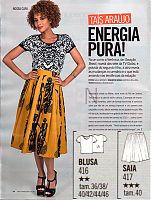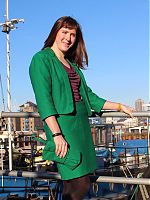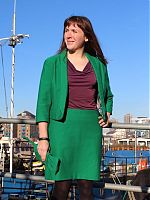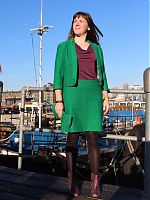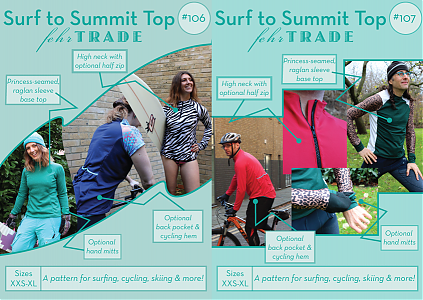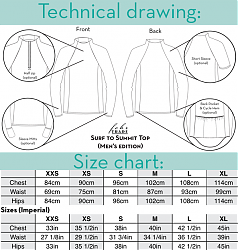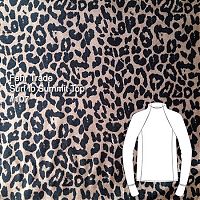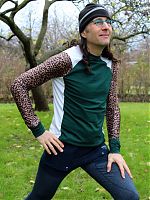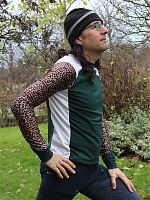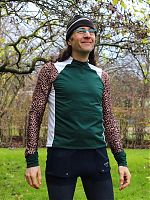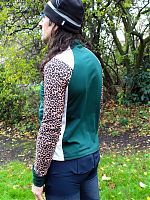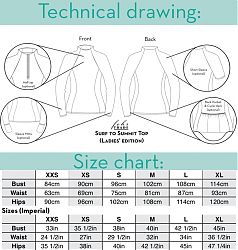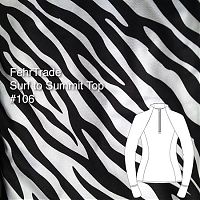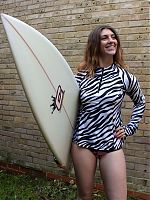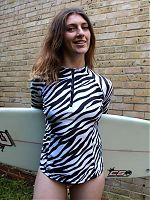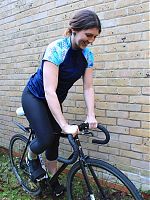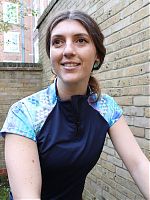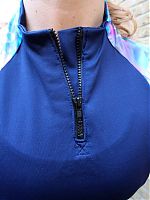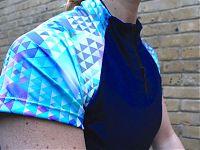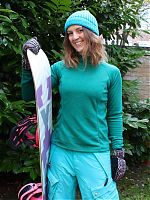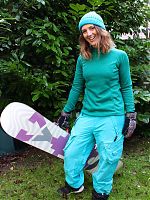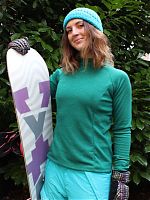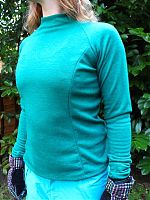I hope you’re not too sick of my magazine reviews just yet – a bunch of them arrived all at once and I know a lot of you find them as a great source of inspiration, not to mention a guide as to whether it’s worth buying the issue or not! This is the first of the 2015 issues to grace my postbox, and Burda have really started the year off right!
omg omg omg, this is the short coat/jacket pattern of my dreams!! This is exactly what I was looking for – it’s perfect for my navy wool and vintage Italian silk I’d already bought, plus look at those seam lines! The back view is even better, with amazing seaming at the upper back, plus the asymmetry?!? I’m in love. And yes, I’ve already traced this out and dumped the other pattern (sorry, September 2010 short coat!).
I can see this boxy sweatshirt pattern being a really versatile design (with or without the notched neckline), and I think the skirt is a seriously nice, too. The side panels give it a nice bit of flare and motion, but there’s no risk of it being blown around in the wind, either, since they’re secured into those front seams. The only thing I don’t like is that the edges are kept raw, but that could be fixed easily enough.
There’s an unexpected maternity feature in this issue, which features a lot of casual separates. This shirtdress looks to be really versatile, but I’m not sure I buy into Burda’s suggestion that you could wear it after pregnancy, too… Maybe with a massive obi-style belt, but you’re still pushing it!
Yes, I really am that predictable – as several of you have already let me know(!), these trousers are totally me. And you’re right, I do really like them!

